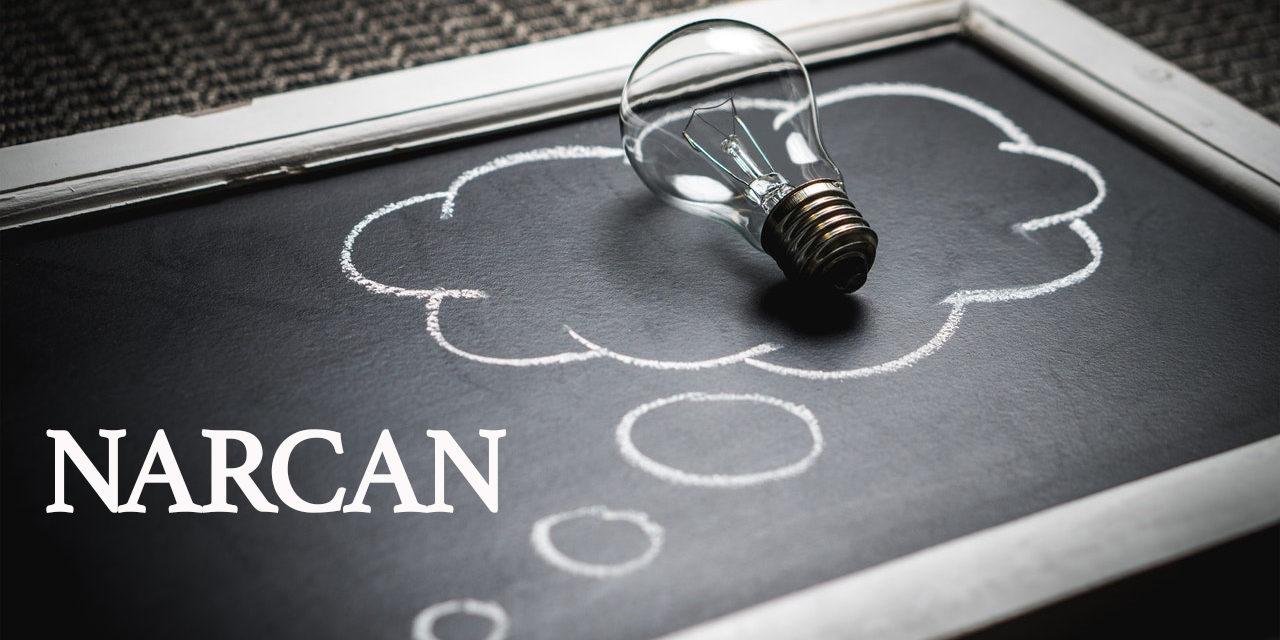At the Process Recovery Center, we like to stay on the cutting edge in terms of education and best practice. Our staff and clients were recently fortunate enough to receive training on Narcan and opioid overdose awareness. We learned that misinformation and hysteria – the source of which is the news and social media – is leading to tragic and preventable death. As an agency, we are committed to using social media in a positive way. Our mission is to raise awareness, end stigma, and save lives. By sharing what we learned about Narcan and opioid overdose, we hope that we can help douse the flames of panic spread by unreliable sources.
First of all, it’s important to know the signs of opioid overdose. As stated by the Boston Public Health Commission, these signs are:
- unresponsiveness
- slow breathing
- lack of breathing
- blue lips or fingertips
A sternal rub is the best way to determine whether or not a person is genuinely unresponsive. Rub your knuckles firmly on the breast bone. The pressure should be enough to cause pain. If the individual does not respond to pain stimuli, call 911.
According to our training, the hysteria around Carfentanil has led people to be too scared to touch an overdosed person. Rather than provide assistance, the overdosed individual is left to die alone. Rather than reacting with fear, we should be responding from an informed and preventative position. If you’ve ever received workplace first aid training, you already know it’s important to protect yourself from the transmission of bodily fluids or foreign agents. When possible, use gloves, wear protective clothing, and utilize a CPR mask. These items should be easily accessible in your workplace, treatment center, sober house, etc. With that being said, seconds matter in an emergency. If necessary, you can provide rescue breaths through a t-shirt or other breathable material.
If you do not have access to Narcan in an overdose emergency, it is essential to provide rescue breathing until help arrives. One breath should be given every five seconds. Rescue breathing prevents cardiac arrest and brain damage. If Narcan is available, you should administer it, but continue rescue breathing. It is safe to give multiple doses; Narcan cannot be abused, is not addictive, and works only to reverse the effects of opioids. Administer a dose every three minutes and provide breaths until the overdosed individual is responsive. If there is no response, keep the packaging to show first responders and continue rescue breathing. Although there are various ways to administer Narcan, the nasal route is the easiest method for those who don’t have medical training.
If you can’t stay with a person who has overdosed, turn the person on their side. Their body should be braced against a bent knee and their head should be turned to the side. This position prevents asphyxiation should the individual begin vomiting and increases the likelihood that the airway will remain clear until first responders arrive.
There is a myth that Narcan causes people to become violent when they wake up. This is not true. Narcan may induce immediate opiate withdrawal symptoms, so overdosed individuals are likely to wake up feeling sick and very disoriented. In order to prevent agitation, it helps to remain calm and use a soothing voice. Staying on the same level rather than towering over the person can also be comforting. Help the individual become oriented by explaining what happened. The compassionate approach is to imagine how shocking it must be to go from a high to feeling very sick, disoriented, and surrounded by strangers.
One of the most important things to understand about Narcan is that it is not a magic fix-it solution. The effects of Narcan can wear off in thirty to ninety minutes. This means that the person you revive can regress back into an overdosed state. Therefore, even after the person is revived, it is essential for them to receive medical care and monitoring. However, it is every person’s right to refuse medical treatment. If this is the case, educate the individual about the longevity of Narcan and emphasize the importance of being around other people. One of the greatest risk factors for overdose is using alone or staying alone after an overdose incident.
It is highly unlikely that you will be harmed in an overdose situation, especially if you are trained and exercise common sense. It is, however, highly likely that you are an overdosed person’s last chance. Drug overdoses are now killing more people than car accidents or gun violence, and a huge percentage of the dying are our nation’s youth. Narcan is saving these lives. According to the Boston Public Health Commission, “Narcan has been credited with reversing nearly 1,124 overdoses in Boston from October 2016 to May 2017”. It is not up to us to decide who is worthy of living or dying. Our only responsibility is to make sure the doorway to recovery remains open. Unfortunately, the dead don’t have the opportunity to walk through that doorway, which is why Narcan is so valuable in the movement to treat addiction
If you live in the greater Boston area and you are interested in learning more about Narcan and opioid overdose, please visit the Boston Public Health Commission’s Narcan Program page:
http://www.bphc.org/whatwedo/Recovery-Services/prevention/Pages/Narcan-Program.aspx
Autumn Khavari is the Process Recovery Center’s web content writer. She received an education in Substance Abuse Counseling from Beal College in Bangor, Maine.



